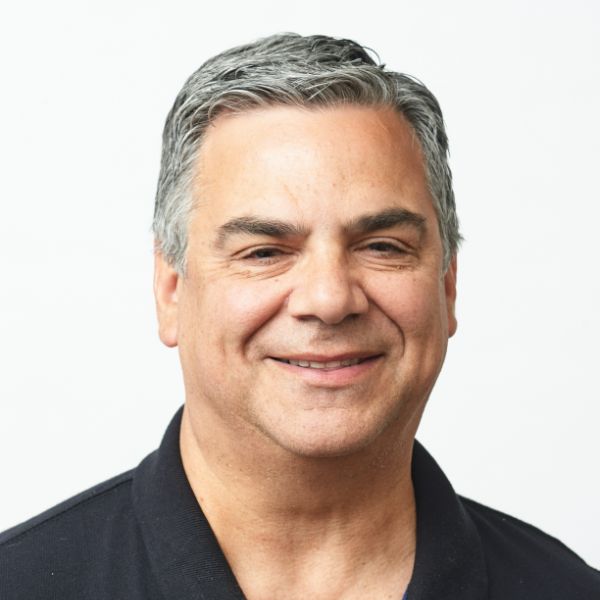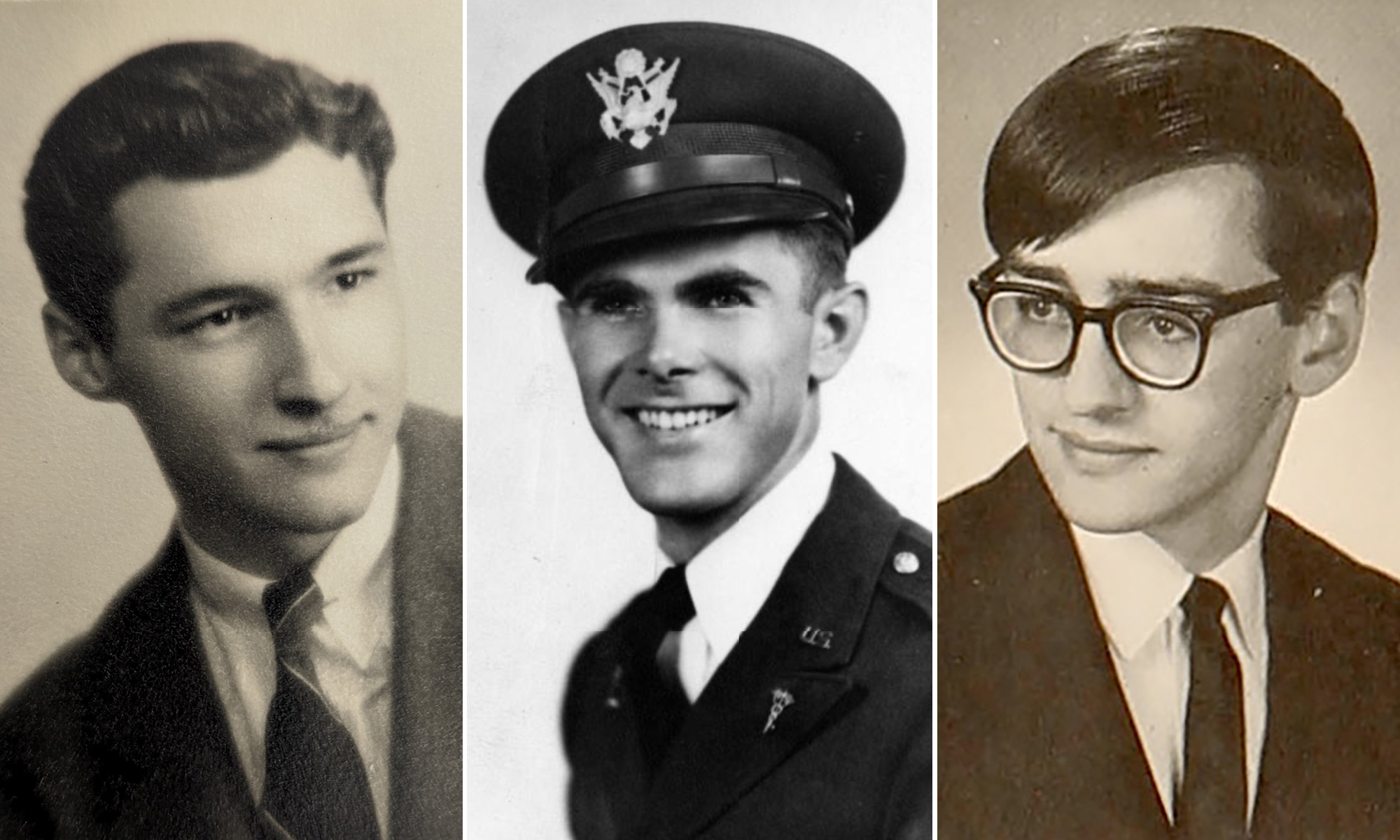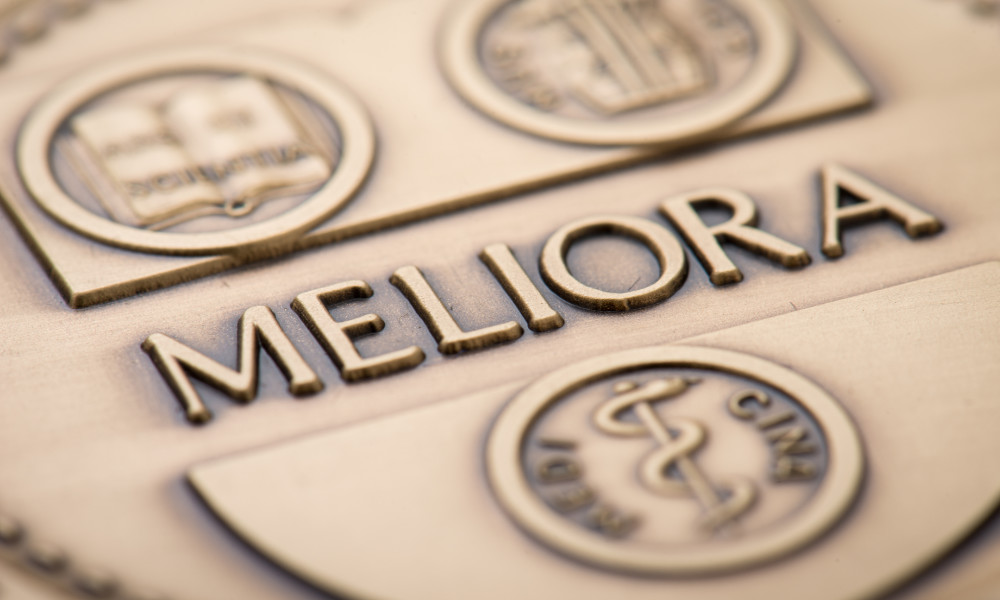By the Numbers
1,250 students in the College
- from 46 states and 40 other nations
- 20 percent are the first in their family to attend college
- 22 percent are international students
136 students in the Eastman School of Music
- from 28 states and 4 other countries
- 11 percent are the first in their family to attend college
- 18 percent are international students
When COVID-19 forced the University of Rochester to shift to distance learning in March, thousands of students, staff, and faculty headed home.
The admissions staffs of the College and and the Eastman School of Music did, too, but with daunting challenges: to stay connected with students who had been admitted to the incoming Class of 2024 while finalizing that class without campus tours or in-person discussions.
“It was the week we were set to mail our regular decision admission letters,” says Jason Nevinger, director of admissions for the College. “You want the admitted students to experience in person the very best Rochester offers—its people, strong sense of community, and the beautiful campus that we call home. I remember thinking, ‘How can we do that when we can’t even shake a hand?’’’
A University-wide effort
Nevinger and Samantha Veeder, director of financial aid for the College, served as co-interim deans of admissions until Robert Alexander joined the University on June 1. Alexander previously served as vice president for enrollment and communications at Millsaps College in Jackson, Mississippi.
When the pandemic closed the University’s campuses, the Office of Admissions and Financial Aid had about 500 students who had enrolled and submitted their deposits out of what would become a class of more than 1,250.
“We knew this had to be a University-wide effort, and it truly was,” Nevinger says. “Our yield season included senior administration, students, faculty, staff, and alumni volunteers from across the world on a scale I haven’t seen in my time at Rochester. More calls were made, emails and texts sent, and more student information sessions and webinars presented than ever before.”
The result is a diverse first-year class from 46 states, the District of Columbia, Puerto Rico, and 40 other countries.
“Our incoming students come from as close as East High School and McQuaid Jesuit High School in Rochester, and as far as Paraguay and Pakistan,” Alexander says. “Many students and parents have made enormous sacrifices to earn their opportunity for this world-class education. They are high-achieving people, and people of high integrity. Despite, or perhaps because of the challenges they’ve already faced, they’re intent on tackling the greatest challenges of today and tomorrow.”
The Eastman School of Music faced a similar situation in March, trying to finalize its new class during a global pandemic.
“Once we went to working remotely, we worked closely with faculty to invite admitted applicants to observe virtual lessons and classes,” says Matthew Ardizzone, Eastman’s dean of admissions and enrollment management. “Once we had secured our class in early May, we spent the next couple of months continuing conversations with admitted students and families about our fall plan, with some students reconsidering their enrollment plans. It felt like a second wave of the enrollment yield effort.”
Eastman’s Class of 2024 includes 136 students from 28 states and four other countries.
Alexander says Nevinger and Veeder showed “true leadership” in crafting and adapting every element of Rochester’s enrollment strategy. “I commend the way they engaged the admissions, financial aid, and enrollment teams and coordinated the efforts of faculty, staff, students, and alumni to enroll this class,” he says. “Our collective community worked relentlessly throughout the spring and summer.”
An expanded role for virtual admissions?
Every online tool available was used to finalize the incoming class, including social media–which allowed the admissions staff, current students, parents, and alumni to amplify messaging across a virtual landscape.
“We had alumni volunteers hosting Zoom sessions, faculty and staff across the University providing information sessions and meet and greets,” Nevinger says. “It truly was a collective community effort to enroll this class.”
Nevinger and Veeder spoke regularly via Zoom and shared weekly updates with the University’s leadership team.
“Throughout the recruitment cycle, we were prepared to react immediately to admissions and financial aid decisions and ensure that we were progressing toward enrollment targets,” Veeder says.
The results were encouraging. The period between May 1 and August 15 saw 12 percent more students engaging with admissions compared to on-campus visitors last year during the same time frame.
“Moving virtually has afforded us the opportunity to think creatively about engaging with our virtual visitors, including hosting evening programming and expanding our session topics to include City of Rochester virtual tours and mock admissions workshops (in which admissions staff help students and parents better understand how applications are reviewed and decisions are made),” Nevinger says.
The Class of 2024 begins classes August 26, but work on selecting the next class has already started. Even though its office remains closed to visitors, the admissions staff continues to engage with prospective students, families, and school counselors. Recruitment initiatives such as admissions interviews, information sessions, and workshops are available daily, hosted by current students, alumni volunteers, and staff from across the campus. Virtual high school visits and Research Rochester open houses will be hosted this fall, and prospective students can take a virtual campus tour, in which current undergraduates pop up and guide the students during a building-by-building online tour of campus.
“We’ve seen incredible increases in the numbers of prospective students who’ve participated in these virtual opportunities,” Alexander says. “For today’s high school students, it seems many are equally comfortable asking questions and engaging in the virtual information than they might have been sitting in Wallis Hall.”




